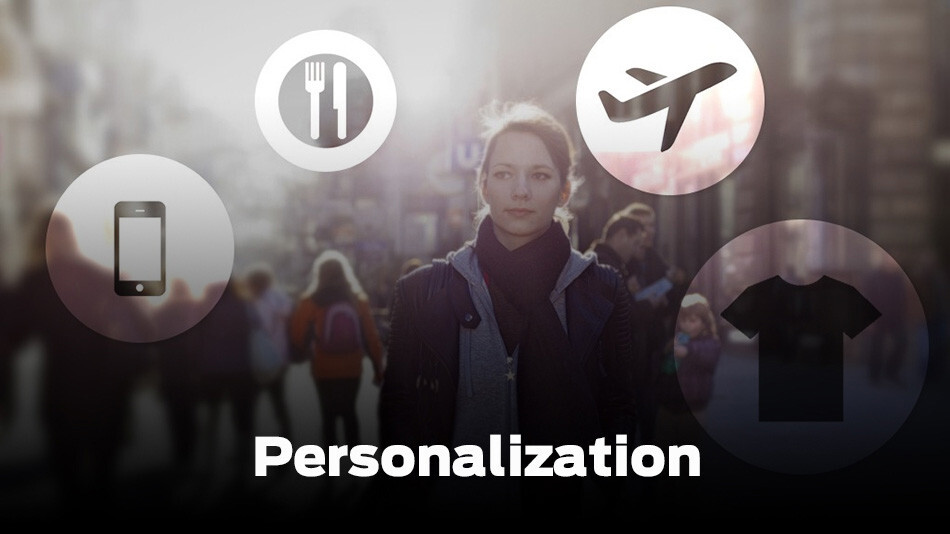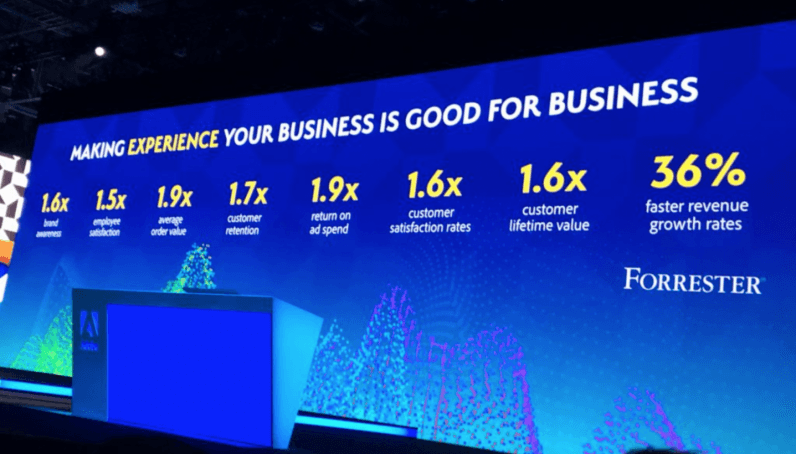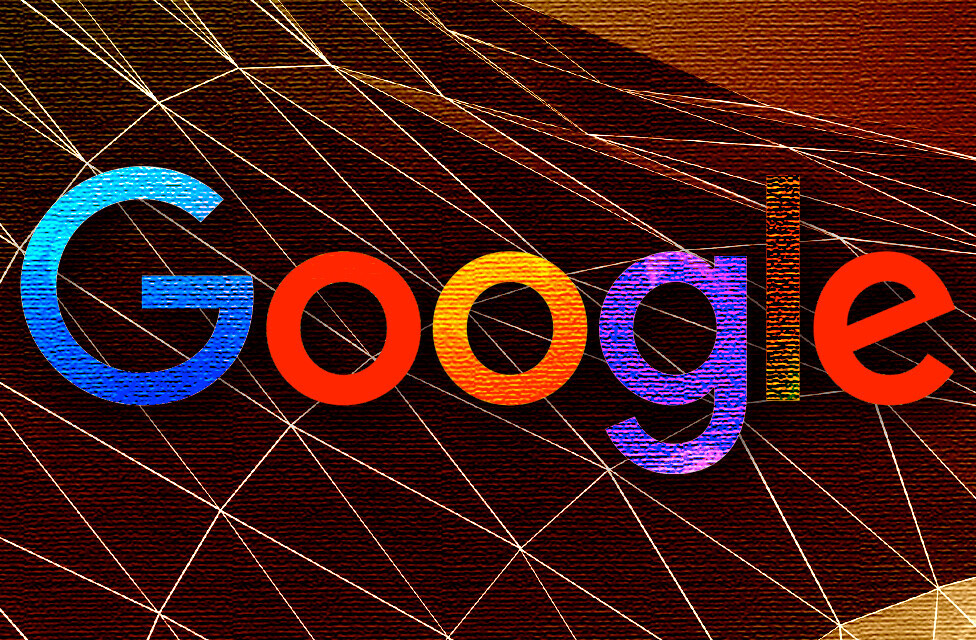
The Adobe Summit is currently underway in Las Vegas, and 13,000 attendees received the message that we are now buying experiences rather than products and that consumers prefer a personalized experience. However, with the General Data Protection Regulation (GDPR) legislation on the horizon, combined with an increasing suspicion of any brand that creepily uses our data, some might argue the news is a little too close for comfort to the recent Facebook controversy.
Ironically, it seems many of us have a love/hate relationship with personalization. On the one hand, some will find their personal data being used as a marketing tool an instant turnoff. Although the same people might admit embracing the concept of using their smartphone to skip the lengthy check-in line at a Marriott hotel and head straight to their room using their smartphone as a key to unlock the door.
Most will also agree that receiving an SMS message that your suitcase has been loaded onto your Delta flight is cool, but receiving a marketing message for an item you purchased three weeks ago is seriously uncool. But what is the happy medium? Is it as simple as answering the question, “what’s in it for me”?
According to Adobe, 71% of consumers would choose a product or service because of a design that delivers a positive experience. Most of us would also be loyal to a brand that provided an enhanced online experience too.
A few years ago, a website was judged about how it looked and often resulted in a classic case of style over substance. However, here in 2018, the success of an online store is determined by how it works and if it delivers engaging experiences. Our expectations are now set by the usual suspects such as Netflix, Uber and Amazon Prime that know what we want and when we want it.
Many marketers believe that consumers prefer a personalized experience and that it holds keys to more effective marketing. But this is not necessarily true. In the same way that some want to walk into a restaurant and have the staff know the food they want to order and their favorite drink, others will find it an instant turnoff.
It would seem that no matter what side of the personalization fence businesses sit on, they just cannot win. They are expected to understand their customers across multiple touchpoints and devices while also investing in voice and immersive media. But if they overstep the mark by removing their data silos to obtain greater understanding, they are deemed creepy.
Maybe it is the consumers themselves who are the experience makers, rather than big corporations. They choose who they align themselves with, trust, and even promote on their timelines. In an increasingly complex AI-powered world, the only thing that is certain is that we need to rethink everything about how the game is played in a digital world.
For example, the emergence of voice search from digital assistants such as Siri, Google Home, and Alexa strips brands of their shiny packaging. The old methods of marketing will quickly fail, and brands must begin to recognize actual consumers rather than digital devices, clicks, views, and smartphone swipes.

Experiences are apparently good for business too. Forrester provided the ROI with a reported 36% faster revenue-growth rates. Adobe’s cocktail of data to create a unified profile of every consumer and personalized marketing through targeted content will predictably be a big hit with businesses.
We shouldn’t be surprised that more than 60 global brands have joined Adobe’s device co-op to reach 300 million consumers across 1.8 billion devices in the U.S. and Canada alone. Although privacy and transparency are standard, as consumers we need to understand precisely what we expect from our favorite brands and face the fact that we cannot have it both ways.
If we can eradicate spam, irrelevant marketing messages, and unnecessary inconveniences from our lives, is it a price worth paying? I suspect that out of everyone reading this, some would say yes and just as many would say no. And this is the point: Personalization is not for everyone.
There is an old saying that we should enjoy everything in moderation, including moderation. I cannot help but think that the same could be said of personalization. Ironically, understanding that it’s not going to appeal to everyone is exactly what it set out to achieve in the first place. Maybe, it’s the word itself we have fallen out of love with, and it’s just a meaningful connection between brands and customers that we crave.
Get the TNW newsletter
Get the most important tech news in your inbox each week.




